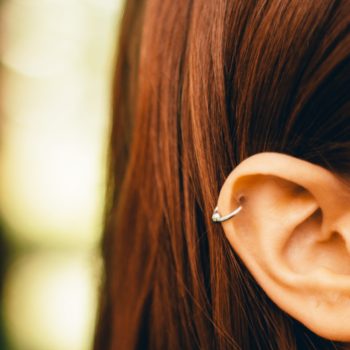Pleasure, excitement, cold: getting goose bumps is a resulting reaction, which has gotten its popular name due to the similarity of our skin to that of a plucked goose. However, some people believe that goose bumps have a protective function against low temperatures and therefore protect us from the cold. Is this true or false? Professor Antonio Costanzo, head of Dermatology Department at Humanitas and lecturer at Humanitas University, explains.
“True. The skin is a skillful sensor, capable of capturing even the slightest change in temperature – explains the expert. A similar reaction occurs when you sweat, the skin reacts to protect the body and maintain its thermal stability. This is also a result of piloerection, also known as “goose bumps”, which is an unconscious thermo-insulating mechanism of defense against cold. In fact, the hairs are raised by contraction of muscles located in the hair follicles, creating a layer of air above the surface of the skin, thus forming an excellent insulator. This insulating layer, in addition to protecting against cold, helps the body to restore normal temperature, which should remain constantly around 37°C to allow the organs to function properly. The phenomenon of “goose bumps” can also explain why our ancestors were almost completely covered with hair on their bodies: not having heavy clothes and heaters as today, their skin has naturally found a way to defend itself from low temperatures by activating the so called ”goose bumps” reaction”.










